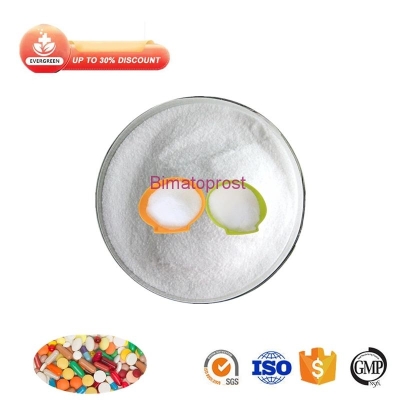-
Categories
-
Pharmaceutical Intermediates
-
Active Pharmaceutical Ingredients
-
Food Additives
- Industrial Coatings
- Agrochemicals
- Dyes and Pigments
- Surfactant
- Flavors and Fragrances
- Chemical Reagents
- Catalyst and Auxiliary
- Natural Products
- Inorganic Chemistry
-
Organic Chemistry
-
Biochemical Engineering
- Analytical Chemistry
- Cosmetic Ingredient
-
Pharmaceutical Intermediates
Promotion
ECHEMI Mall
Wholesale
Weekly Price
Exhibition
News
-
Trade Service
Atherosclerosis is an inflammatory process that causes complex lesions or plaques to protrude into the arterial lumen
.
As plaque rupture, fragmentation embolism, can cause malignant brain vascular events, serious threat to human health
Vascular cardiovascular events
Recently, a research article was published in JAHA, an authoritative journal in the field of cardiovascular diseases.
Researchers aim to assess the relationship between the Chinese Visceral Obesity Index (CVAI) and its dynamic changes and the risk of carotid plaque based on a large Chinese cohort
.
The cohort included 23,522 participants between the ages of 20 and 80.
At baseline, carotid artery intima-media thickness and carotid artery plaque did not increase, and they received at least 2 health checks
.
CVAI was calculated at the baseline and at each inspection
During the annual follow-up period of 82621 person-times, 5987 cases of carotid artery plaque occurred (7.
25 persons/100 persons per year)
.
Researchers have observed a significant positive correlation between CVAI and carotid plaque risk (HR is 1.
Diabetes hypertension
It can be seen that CVAI is positively correlated with the risk of carotid plaque in a nonlinear dose-response model
.
Individuals should keep their CVAI within normal levels to prevent the development of carotid plaque
CVAI is positively correlated with the risk of carotid plaque in a nonlinear dose-response model
Original source:
Haoran Bi,et al.







